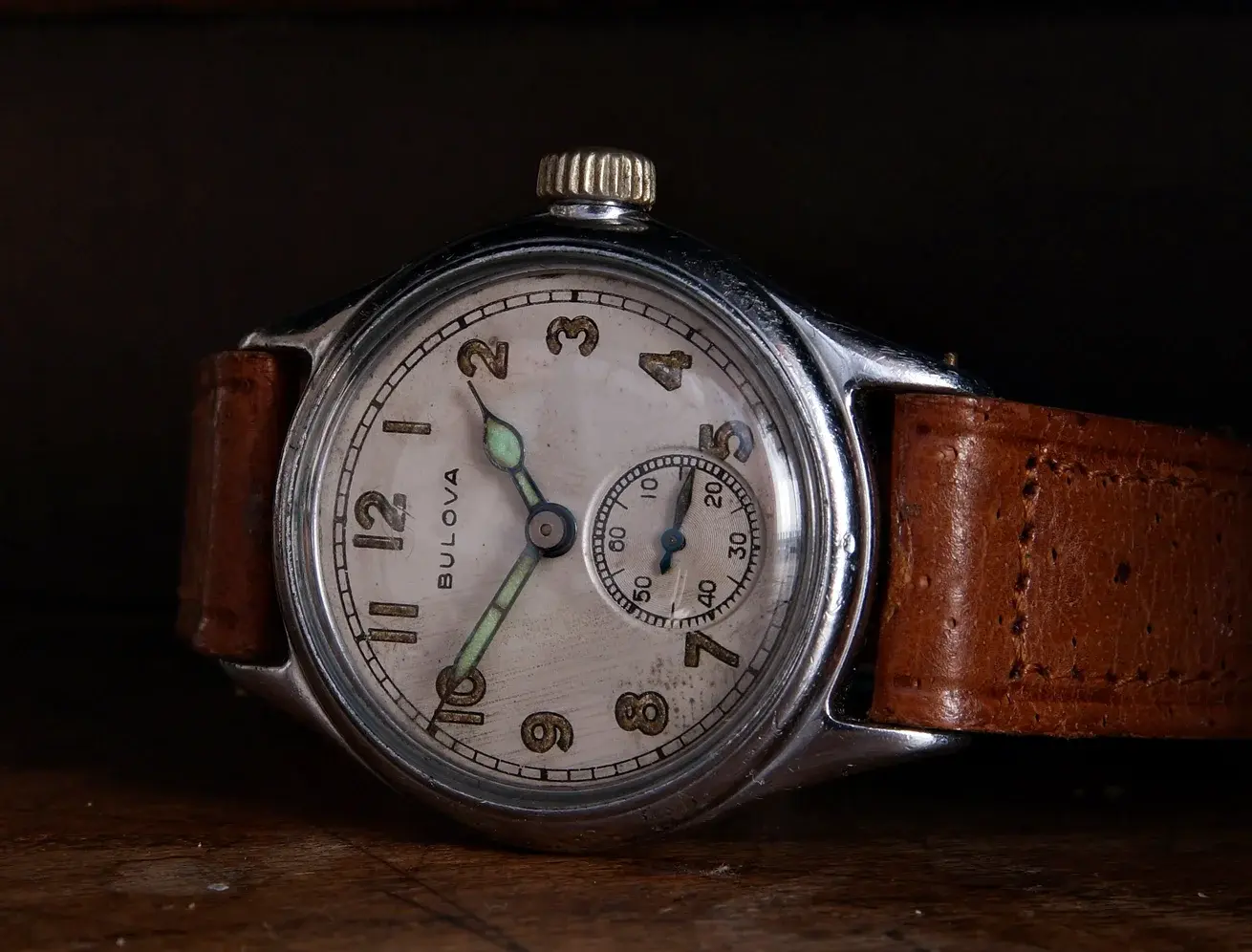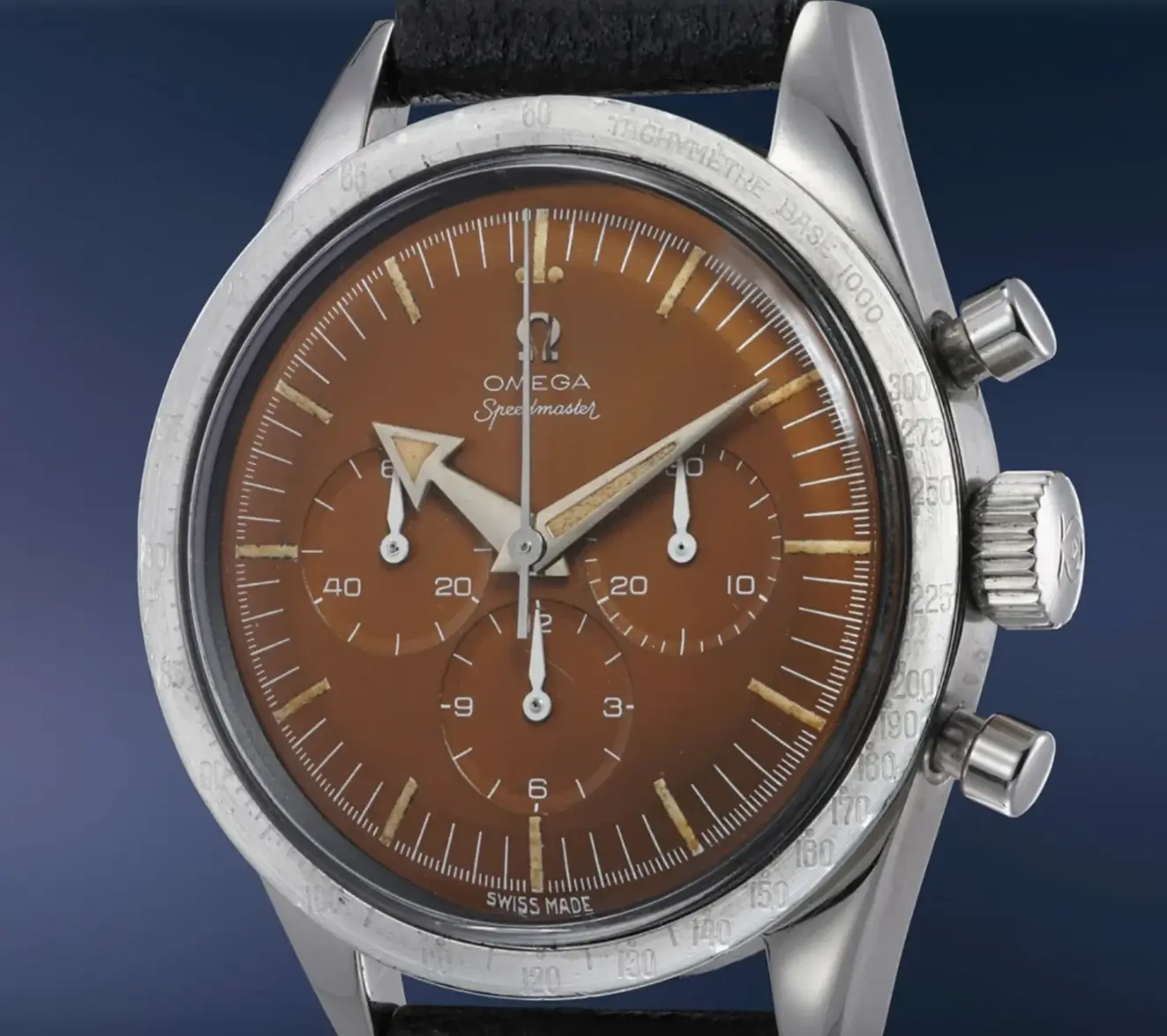Stini
·Hello,
I’ve been a member since June 2022 and an on-off lurker before then since 2019, and realize that as much as I’ve learned, I will never begin to hope to attain the knowledge of so many on this Forum who are so devoted to timepieces.
I come more from the world of art and antiques. In a former life with a minuscule wholesale business to the trade we would periodically handle clocks and watches, with my husband also picking up the odd piece for me (one still in my possession as my avatar).
In this kind of business, it is not uncommon to encounter pieces that have been “enhanced” (like possibly by a particular artist and then with a signature added, or potions even added or painted over) or even created from multiple other pieces—making a “marriage” or a “franken piece.” Nota bene: I just learned the term “marriage” in watch circles refers to conversions of a pocket watch into a wrist watch. So, for clarity I will hold to the term “Franken.”
For example, you might find a dresser or sideboard combining parts from different pieces of furniture sharing (or not) a wood and time period in common. This doesn’t necessarily mean a dealer is trying to defraud the buyer, as long as a marriage / franken is disclosed. It just indicates something about a piece’s past life and usage, including a repair history. People used their furniture, stuff happened, you wouldn’t just chuck out a piece if you could rehabilitate it. However, there are also dealers that are a bit less than ethical and create new pieces out of old antiques to move their inventory along, and they just fail to disclose it.
As I learn more about Omega and other fine quality watches, I see myself feeling quite over-matched when it comes to the multiplicity of parts—the dial with what kinds of hands; the works and all that goes with them; all the portions that might require brand marks also including the crown and crystal… it’s a lot. A very specialized lot.
Therefore I am grateful for the work that has gone into posts about the “basics” by ulackfocus’ 2018 series Horology 101. I also learn much (retention is something else) from the questions and answers offered by members about the authenticity of a particular watch.
How common is such fakery as franken watches among quality watches? What are some rules of thumb for spotting it if you aren’t already an expert? What is considered “okay” for replacement and why or why not?
I’ve been a member since June 2022 and an on-off lurker before then since 2019, and realize that as much as I’ve learned, I will never begin to hope to attain the knowledge of so many on this Forum who are so devoted to timepieces.
I come more from the world of art and antiques. In a former life with a minuscule wholesale business to the trade we would periodically handle clocks and watches, with my husband also picking up the odd piece for me (one still in my possession as my avatar).
In this kind of business, it is not uncommon to encounter pieces that have been “enhanced” (like possibly by a particular artist and then with a signature added, or potions even added or painted over) or even created from multiple other pieces—making a “marriage” or a “franken piece.” Nota bene: I just learned the term “marriage” in watch circles refers to conversions of a pocket watch into a wrist watch. So, for clarity I will hold to the term “Franken.”
For example, you might find a dresser or sideboard combining parts from different pieces of furniture sharing (or not) a wood and time period in common. This doesn’t necessarily mean a dealer is trying to defraud the buyer, as long as a marriage / franken is disclosed. It just indicates something about a piece’s past life and usage, including a repair history. People used their furniture, stuff happened, you wouldn’t just chuck out a piece if you could rehabilitate it. However, there are also dealers that are a bit less than ethical and create new pieces out of old antiques to move their inventory along, and they just fail to disclose it.
As I learn more about Omega and other fine quality watches, I see myself feeling quite over-matched when it comes to the multiplicity of parts—the dial with what kinds of hands; the works and all that goes with them; all the portions that might require brand marks also including the crown and crystal… it’s a lot. A very specialized lot.
Therefore I am grateful for the work that has gone into posts about the “basics” by ulackfocus’ 2018 series Horology 101. I also learn much (retention is something else) from the questions and answers offered by members about the authenticity of a particular watch.
How common is such fakery as franken watches among quality watches? What are some rules of thumb for spotting it if you aren’t already an expert? What is considered “okay” for replacement and why or why not?

